Most people – theatregoers and critics alike – will agree that one of the core tenets of theatre is truth. To tell it, show it, reflect in all its messy and complicated glory.
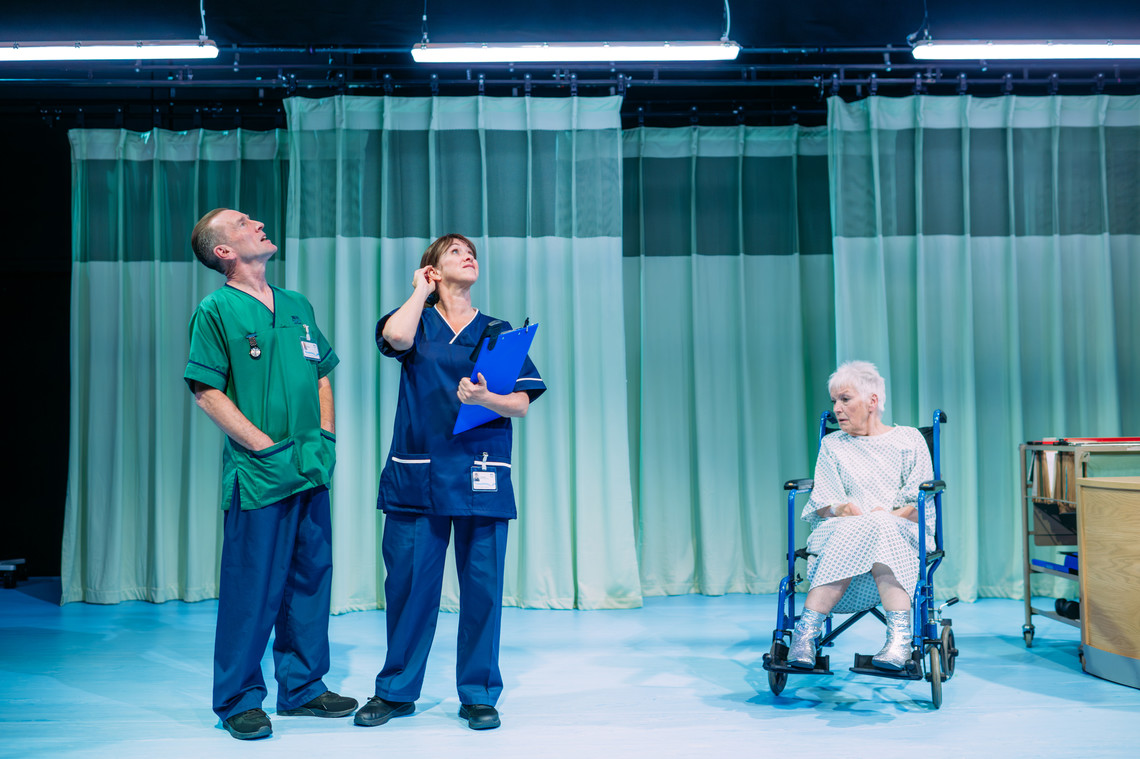
Uma Nada-Rajah's new play Black Hole Sign is a uniquely valuable source of truth. As well as an acclaimed and successful playwright, Uma is also a practicing critical care nurse, which forms the basis of her latest work set in an understaffed and overstretched A&E department.
“It was just post-pandemic when I was writing it,” says Uma. The play was commissioned by Traverse Theatre after the success of her previous show, Exodus. “I’m a nurse myself and so I had a lot that I was thinking about, about nursing and where it is as a profession and how it’s changed over the years and how it’s changing now and what it is like.”
In the show, three generations of nurses collide under pressure, each shaped by a different era of healthcare. Uma interviewed dozens of nurses to inform the writing, including one who spoke to her for two and a half hours on the week of her retirement.
“It’s a depiction of a time in a space, and I felt the responsibility of getting it right for multiple reasons. On the other hand, it was freeing - there’s a lot of stories about doctors and there was so much I felt I wanted to say in terms of nursing stories.”
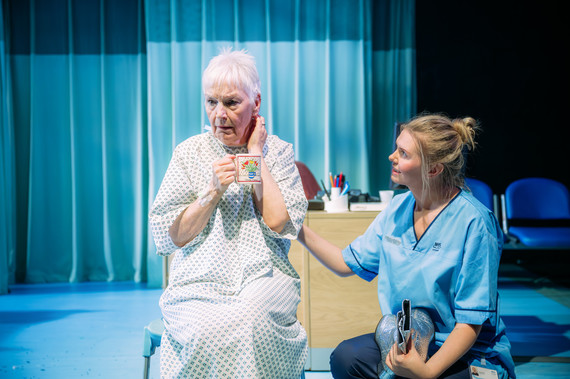
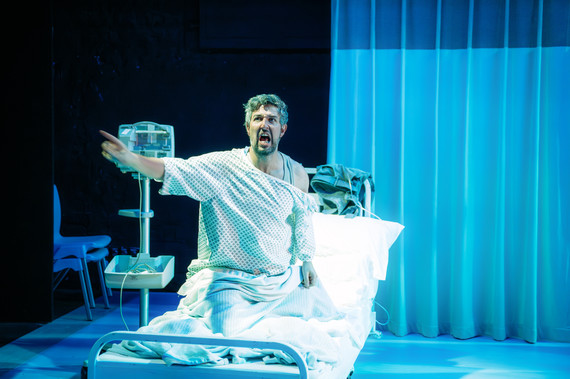
A Greek tragedy in scrubs
For director Gareth Nicholls, Black Hole Sign balances realism and epic theatricality. “It’s hugely ambitious,” he says. “It’s a piece that has real traffic moments that are incredibly moving and sits somewhere in naturalism, but then it has a kind of absurdist comedy feel to it as well.”
With 40 scenes, multiple characters and a delicate balance of tone, Gareth had his work cut out for him. However, he attests that the end product is the result of lots of experimentation and collaboration with the entire creative team.
“A big part of process is trying different versions as well, so we'll try the same scene in different ways. I don’t pin anything down until right towards the last minute just before we go into tech.”
Designing the impossible
For set and costume designer Anna Orton, the challenge was to make a bustling hospital ward work onstage. “We have this lino floor and the back curtains, and that's basically the set,” she says. “Everything else is kind of prop based.”
“I think you can say quite a lot with the right chair that you use or with the flooring that you put in. And that can say more than a whole ward in one space. I think it’s about having enough that you insinuate, and the strength and the confidence of pulling back.”
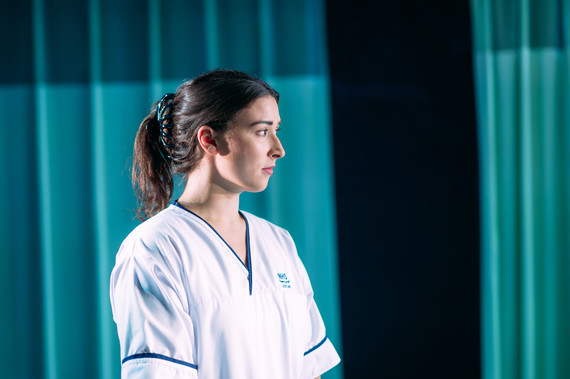
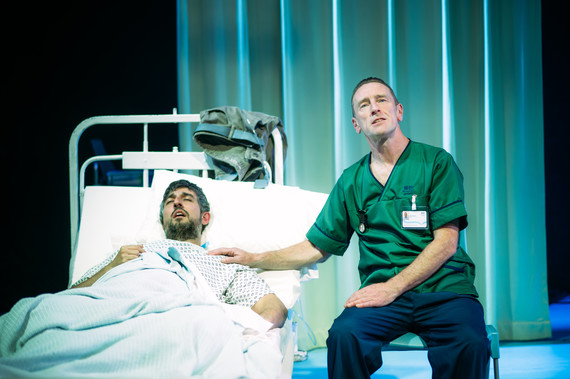
Accuracy was key, right down to having the correct scrub colours. There was also the challenge of creating the eponymous black hole, a literal crack in the ceiling of the hospital which gradually widens as the play goes on.
“We couldn't hang a full roof because we don't have the budget. And so, it was about what can we afford to do? Lizzie Powell, our lighting designer, talked about having a canopy of fluorescent strip lighting and thought we should have an absence of light above the canopy which would act like a vacuum. Then she would put a singly Little pencil light in that grows as the hole grows. So, the black hole is in fact light.”
“We all set up atmosphere together and if we are all not working with the same feelings towards the piece, then the show will never gel” says Lizzie. From the writer to the director, to the design team, to the actors, to the stage management – it all must come together to form one complete world.
Sound Designer, Michael John McCarthy, adds “There’s a constant sense of motion in time ticking on and we hear that both in the real-world sounds like the drips and the beeps, as well as in the more musical sounds – the pulsing piano in the score itself”.
Black Hole Sign runs until Saturday 18 Oct 2025 at the Traverse Theatre.